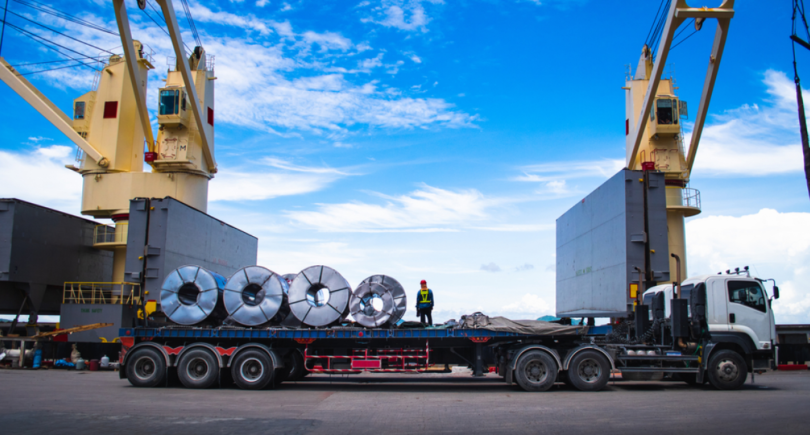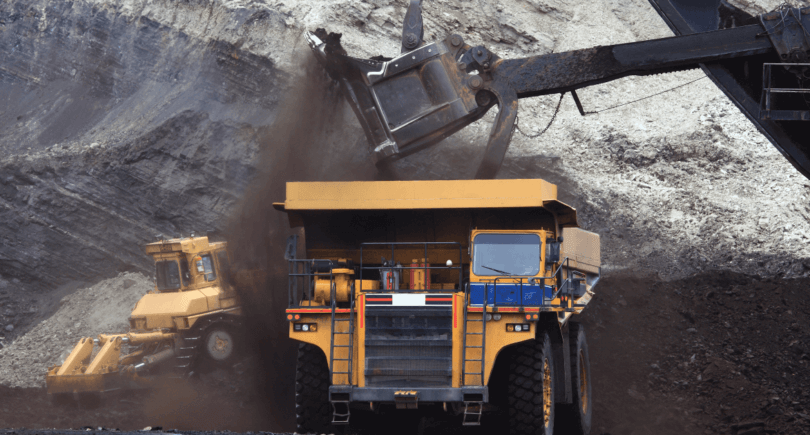
News Global Market quotas for CO2 emissions 1164 19 October 2023
The region is the most dynamic in the world in terms of launching, planning and developing new mechanisms
Asia steps up efforts to develop carbon trading, informs Bloomberg. However, the region’s carbon markets currently cover only a fraction of emissions.
In the past two months, Indonesia and Japan have launched carbon trading exchanges, China plans to expand the current scheme from 2024, and Bharat (India) continues to prepare for this step.
According to Stefano De Clara, head of secretariat at International Carbon Action Partnership, Asia is the most dynamic region in the world in terms of launching, planning and developing new systems, and it would not be surprising if even more relevant mechanisms emerge in the next few years.
Despite doubling the size of Asian carbon markets from 2020, they currently cover only 14% of global emissions, while the region is responsible for almost half of their total. The low prices of carbon allowances failed to provide strong incentives for companies to decarbonize, which ultimately did not bring the expected benefits in the fight against climate change.
Most governments are reluctant to implement comprehensive mechanisms for fear of slowing economic growth, preferring sector-specific measures. However, De Clara predicts that the prices of carbon emissions may increase according to the extent of their development in the coming years.
«Emissions trading systems often deliberately start with a relatively low price to make sure participants understand how they work,» the expert noted.
So, for example, China will expand the country’s carbon market beyond the power generation sector to other polluting industries next year. The national emissions trading scheme targets 2,200 electricity producers that emit 4.5 billion tons of CO2 equivalent per year. By the end of the decade, Beijing plans to expand the trading of allowances to cover 70% of total emissions.
The Indian government has proposed a phased implementation of two mechanisms: a mandatory market that establishes a cap-and-trade system for carbon-intensive sectors, and a voluntary one that is still under development. Abhay Bakre, CEO of the government’s Bureau of Energy Efficiency, says the mandatory market should be launched within the next two years and cover 15% of the country’s emissions by 2030. Among other things, it will focus on the production of steel and aluminum.
The carbon exchange in Indonesia started in September 2023. Currently, only the voluntary platform is active. The country is expected to roll out the carbon market in three stages by the end of the decade.
In October, Japan launched a voluntary carbon trading scheme managed by the Tokyo Stock Exchange. Participants can trade so-called J-credits, which are issued by the government for verified emission reduction plans. The launch followed the release of a 10-year carbon pricing plan. It aims to transform the existing League of Green Transformation (a public-private forum) into a national system.
As GMK Center reported earlier, Taiwan delays implementation of carbon tax for 2025 – it was previously planned to be levied in 2024. Delaying the law, among other things, allows companies to better prepare for emissions tax budgets.




